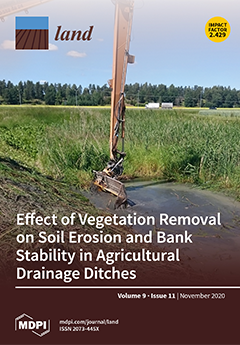Resource information
Agricultural systems are heterogeneous across temporal and spatial scales. Although much research has investigated farm size and economic output, the synergies and trade-offs across various agricultural and socioeconomic variables are unclear. This study applies a GIS-based approach to official Brazilian census data (Agricultural Censuses of 1995, 2006, and 2017) and surveys at the municipality level to (i) evaluate changes in the average soybean farm size across the country and (ii) compare agricultural and socioeconomic outcomes (i.e., soybean yield, agricultural production value, crop production diversity, and rural labor employment) relative to the average soybean farm size. Statistical tests (e.g., Kruskal–Wallis tests and Spearman’s correlation) were used to analyze variable outcomes in different classes of farm sizes and respective Agricultural Censuses. We found that agricultural and socioeconomic outcomes are spatially correlated with soybean farm size class. Therefore, based on the concepts of trade-offs and synergies, we show that municipalities with large soybean farm sizes had larger trade-offs (e.g., larger farm size was associated with lower crop diversity), while small and medium ones manifest greater synergies. These patterns are particularly strong for analysis using the Agricultural Census of 2017. Trade-off/synergy analysis across space and time is key for supporting long-term strategies aiming at alleviating unemployment and providing sustainable food production, essential to achieve the UN Sustainable Development Goals.


